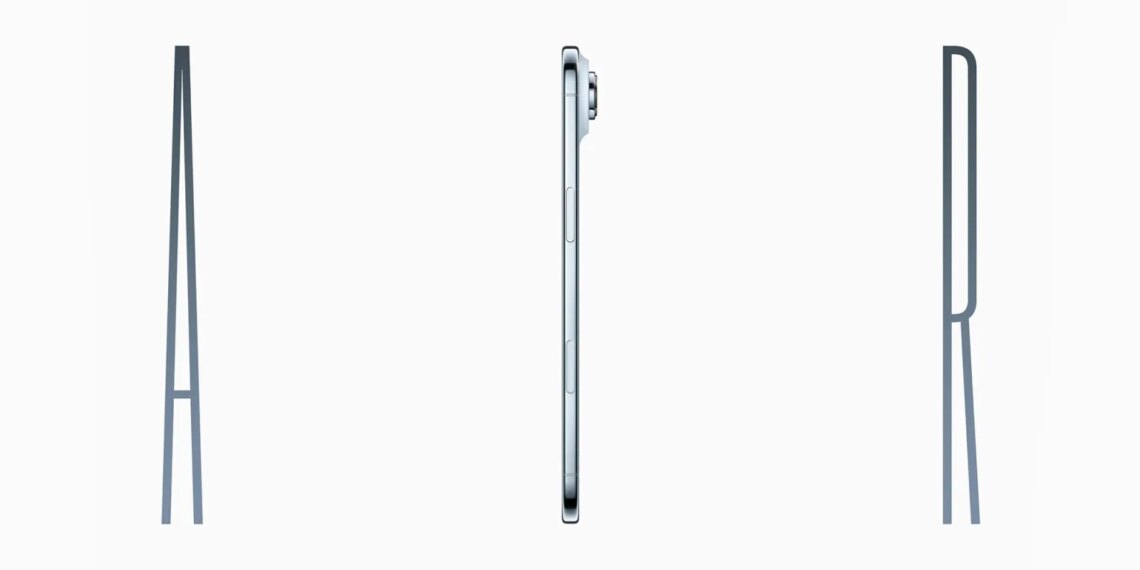Select Language:
Recent reports cast doubt on the demand for the iPhone Air, as indications suggest customer orders have significantly dwindled, with delivery times remaining consistently prompt since launch. A report from Nikkei further fuels these concerns, revealing that Apple has reduced its orders to suppliers to levels typically associated with the product’s phase-out, despite initial reports of strong interest in China.
Historically, a key indicator of a new Apple device’s popularity is the speed at which delivery times increase—often within minutes of a product’s launch. However, the iPhone Air maintained immediate availability both for online delivery and in-store pickup, signaling tepid demand. Market analysts and industry research organizations have highlighted the muted response; Morgan Stanley, for example, increased production estimates for the other three new iPhone models but not for the iPhone Air. Similarly, Counterpoint Research noted high demand for the iPhone 17 base model and the 17 Pro Max, but did not report enthusiasm for the Air variant.
According to Nikkei Asia, Apple’s production orders for the iPhone Air have been cut sharply—almost to the point of ceasing production altogether—despite its recent launch in China. Multiple sources indicate that this decrease is due to weak demand in markets outside China. One component supplier manager stated that the overall forecast has nearly reached the end-of-production stage, with orders dropping approximately 10% compared to September projections starting in November.
Fortunately for Apple, the overall production of the entire iPhone lineup remains aligned with expectations. The robust demand for the iPhone 17 and iPhone 17 Pro models has more than offset the sluggish response to the Air. Companies reportedly increased production orders for the baseline iPhone 17 by around five million units and also expanded orders for the high-end 17 Pro.
In summary, although demand signals for the iPhone Air are weak—evidenced by stable immediate availability and reduced supplier orders—Apple’s overall production outlook remains positive due to strong sales of other new models. However, interpreting these indirect signals requires caution, as initial demand estimates can sometimes mislead, and the true picture only unfolds over time.






